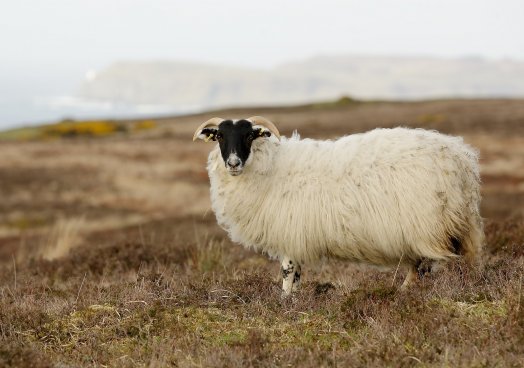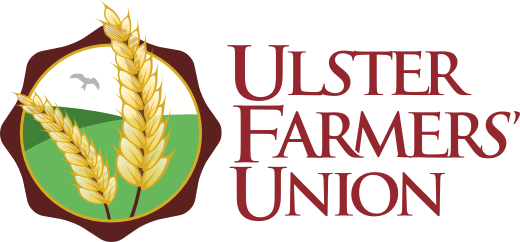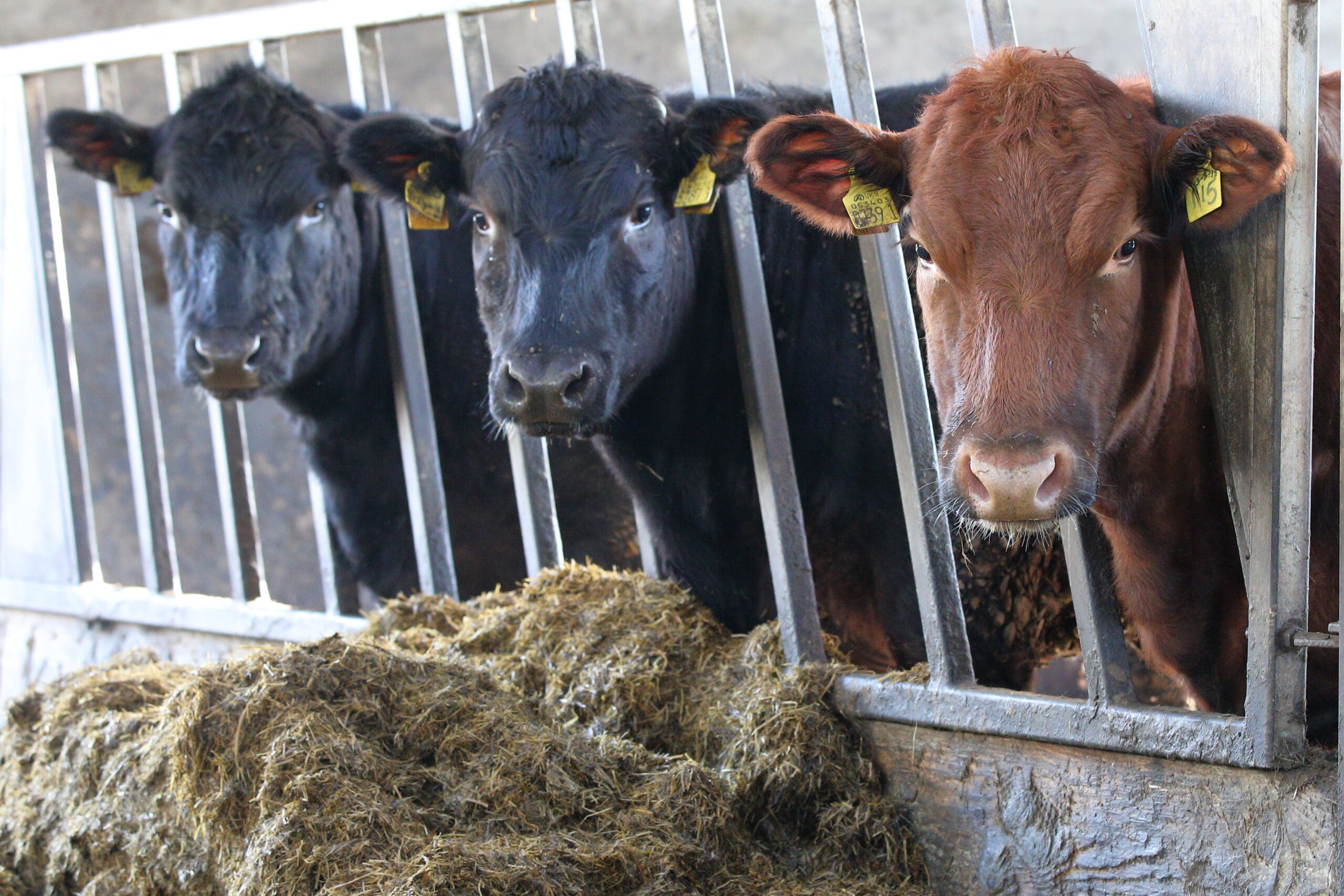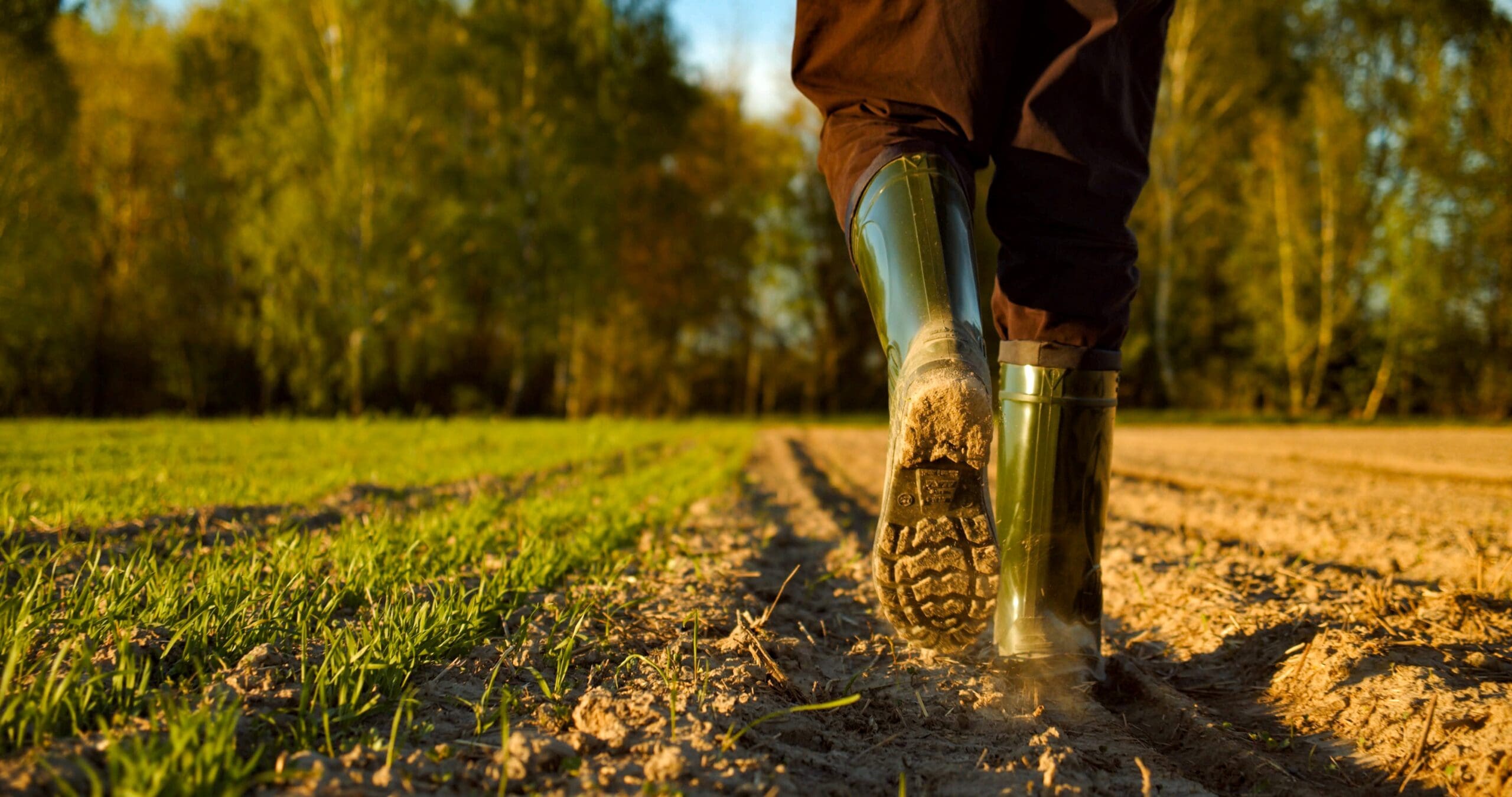
Commodity Watch
The good weather on Tuesday of this week provided representatives from the UFU Hill Farming Committee with an excellent opportunity to join CAFRE to find out more about the work they are currently doing at their Hill Farm Development Centre at Glenwherry. The venue also provided ideal surroundings for the Committee to host their latest meeting.
The farm area encompasses in the region of 960 hectares and falls entirely within the Severely Disadvantaged Areas designation with 48% considered unimproved grassland, 47% heather moorland and the remaining 5% improved grassland. Overall, the farm is an important facility which educates CAFRE students, provides training for farmers and also allows stakeholders to support evidence based policy development.
The farm is home to 1100 breeding ewes and 100 suckler cows. The ewes are managed in two flocks with the “Hill Flock” made up of pure Blackface and Blackface x Swaledale ewes where the progeny are largely destined for the store market. The best ewe lambs from the “Hill Flock” move into the “Upland Flock” where they will firstly be crossed with a Texel before a second cross with either the Lleyn, Primera or Texel again. The bulk of lambs produced in the “Upland Flock” will be sold either fat or as store lambs while the best ewe lambs will be selected for the lowland flock which resides at the Abbey Farm at Greenmount. CAFRE place a major emphasis on selecting sheep with high maternal traits and they use a combination of Estimated Breeding Values (EBVs) and their own impressive EID recording system to achieve this. Performance of their sheep as well as their medical history is recorded through an electronic weighbridge every time they move through the race. The information is then transferred onto computer software where they can determine the performance of each ewe and their offspring on the farm. It is expected that this technology will increase the efficiency, productivity and profitability of the flock over the coming years and similar types of technology are something which livestock farmers should keep an eye out for in the anticipated ‘Farm Business Investment Scheme.’
The suckler herd comprises of a 3 way breed programme of Angus, Shorthorn and Limousin cows. Again similar to the flock, a heavy emphasis is placed on maternal traits such as fertility, ease of calving and milkiness. Their cows have a calving interval of 364 days and are calved from mid April through to mid June. By weaning the objective is that all calves weigh in the region of 50% of their mothers weight and the most recent statistics show that their calves have a daily liveweight gain of 1.14kg. Calves will be weaned and moved to the Abbey Farm as either replacement heifers or for finishing with many of the cattle going into the premium Angus and Shorthorn Schemes.
The Glenwherry Hill Farm like many hill farms in NI also performs an important role in terms of demonstrating the value of incorporating well managed grazing systems with the environment. While not part of DARD’s Countryside Management Scheme, the farm is still operated to this standard and seeks to improve biodiversity through sustainable environmental management. Further to this they were also working on a number of projects to assess how best to control Bracken and rushes which challenge the productivity of many farms in NI.
Overall, this was an excellent visit for the Hill Farming Committee, giving them an ideal opportunity to get an update on the positive developments currently taking place at CAFRE. The visit also allowed for a high level of engagement and a sharing of ideas between the Committee and CAFRE on future plans for Glenwherry.




